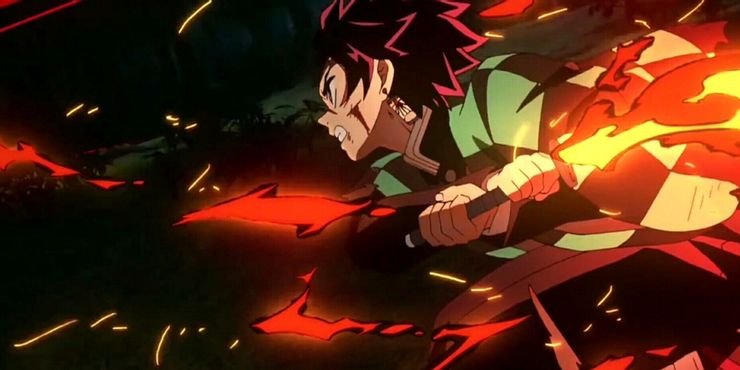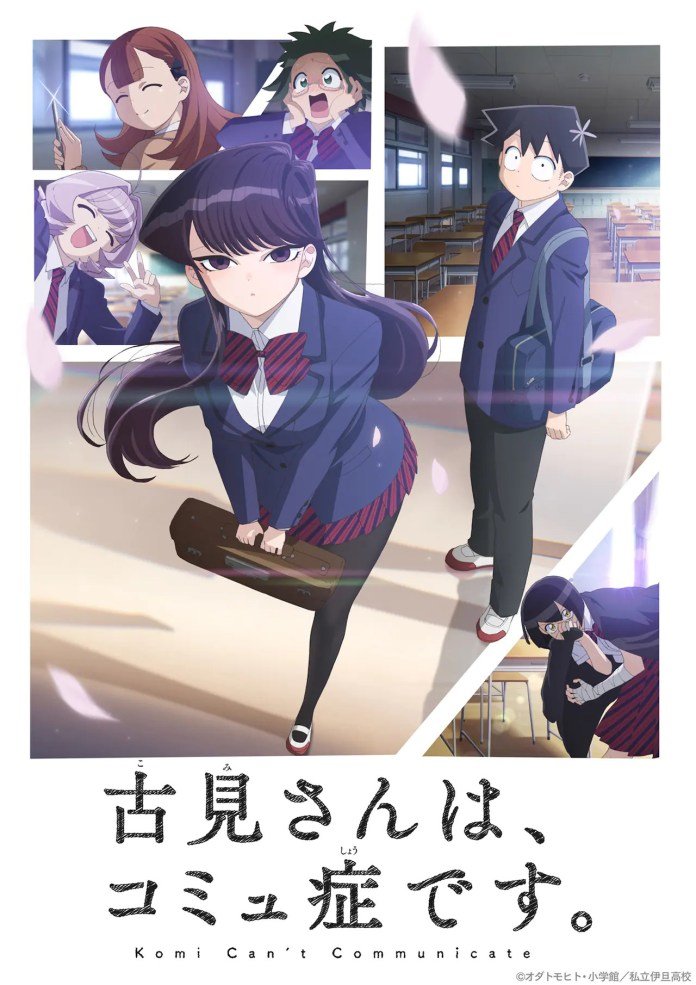The Demon Slayer’s clothing patterns are Originated from Japanese History

Demon Slayer is set in the past of Japan The Taisho Era to be exact between 1912 and 1926. Western style was just beginning to take over fashion however, and the majority of people wore traditional clothes even as others started to change. The majority of the character from Demon Slayer wear haori or kimono. Each with their own distinctive pattern.
What you might not be aware of is that there are deeper meanings behind the clothes that the prominent characters wear! Some of these designs are quite old-fashioned, with historical meanings as well as meaning in Japan. These patterns are so closely associated with every character that seeing merchandise that has only that color and pattern is enough for people to identify the character it is, without the face of the character having to be present. Do you even know the meaning behind these patterns are within Japanese culture?
Tanjiro Kamado
The best place to begin is starting with the main character, Tanjiro Kamado and his instantly recognizably checkered black and green haori. In Japanese the checkboard pattern is known as “ichimatsu,” after a famous Kabuki performer who became famous in the early 1700s.
Ichimatsu represents the prosperity of your loved ones and long-term health. It’s only natural it is Tanjiro has this pattern because taking care of the sister Nezuko is very important for him. He can not forget the family and the reason for his existence.
Nezuko Kamado
Tanjiro’s younger sister, Nezuko is wearing the pink and white hemp leaf pattern kimono (called “asanoha” in Japanese) as well as an ichimatsu in white and red the obi or belt. Because hemp leaves are fast growing and are strong they are a symbol of healthy growth and good health for children.
Given that Nezuko’s destiny turned her into being a demon Nezuko is in need of all the assistance she can receive to be able to become an ordinary woman in the future and overcome her demon.
Zenitsu Agatsuma
Tanjiro’s companion, Zenitsu, wears a haori that has white and yellow triangles. These are an asymmetrical pattern known as “urokomon” which is Japanese. Urokomon is supposed to shield the wearer from curses and evil. Scale patterns were used by warriors, believing that they would be protected from harm.
Given the fact that Zenitsu is the frightened Zenitsu has become of the demons It is logical that he’d choose the pattern. Additionally, the color yellow probably has significance to the lightning power of Zenitsu!
The Hashira
In the case of the other Hashira they wear, their clothing appears to be solely based on their power, for instance, Rengoku wearing a fire-colored caps in the form of as the Flame Hashira, and Shinobu has a Butterfly pattern of her haori to represent her Insect Hashira. It’s a bit disconcerting that their designs didn’t remain in line with the traditional, more profound meaning , like Tanjiro Nezuko or Zenitsu however, it makes it easier to identify the Hashira is the one you want to be based on their design decision. It will be interesting observe what Tanjiro and Zenitsu’s haori might be altered if they were treated the same way to come in the next time!
One of the most fascinating aspects of the designs within Demon Slayer is that they’re still alive and popular in Japan even today. They are being used as traditional clothing. They have gained popularity with Demon Slayer‘s success and popularity, but before the anime was more of a cult, they were employed in haori, kimono and yukata along with other small things like handkerchiefs bags as well as masks. People who are fascinated by history and traditional clothing are aware of the meanings that have been in use for centuries and Demon Slayer has recently brought them back to the public spotlight. You can check a whole Demon Slayer Clothing selection at this venue.
Go for a stroll through a mall in a city with a rich culture, such as Kyoto or Kanazawa or in parts of Tokyo such as Asakusa where you can notice the designs from Demon Slayer everywhere. If ichimatsu is black and green or the urokomon pattern is white and yellow and white, it is sure to look like the character the most and it is purposeful, taking advantage of its popularity. Demon Slayer without the need to pay any royalties for images of characters, since the patterns of these classics are not copied-righted by any person. You can also see these patterns in a variety of different colors and even non-anime lovers are still enjoying them.
The post The Demon Slayer’s clothing patterns are Originated from Japanese History appeared first on Loucos por Geek.
Published in Anime, Loucos por Geek, Manga Livre RS

